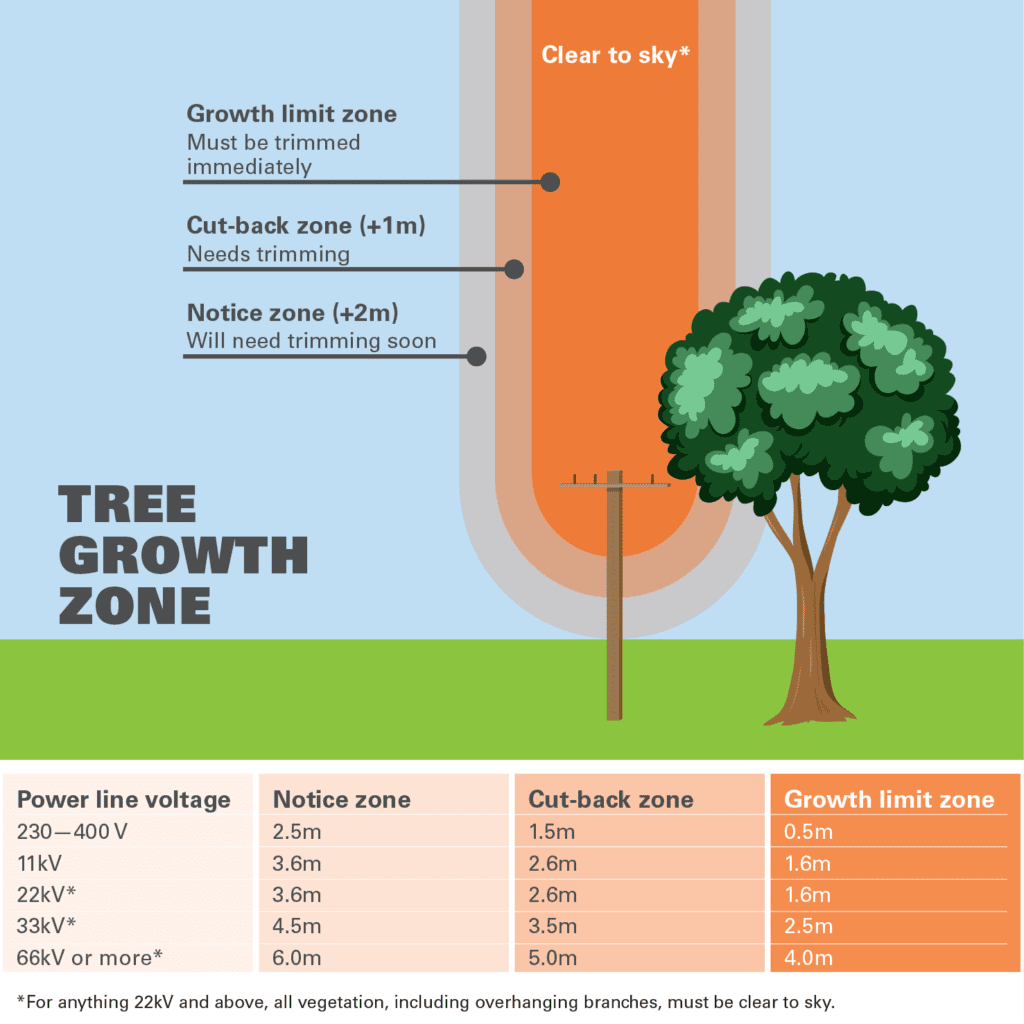
Vegetation programme manager Ed Laity said wetter winters and longer summers have seen shelter belt and trees grow into or near power lines.
‘‘We are seeing trees grow faster than ever before,’’ Laity says.
Pine, willow, eucalyptus and poplar are key culprits and very common trees in shelter belts.
‘‘Some poplars have put on as much as four metres in a season. That’s a huge amount of growth that needs to be managed to ensure the safety of our lines.’’
Laity says trees and shelterbelts that grow into or near power lines create increased danger of vegetation-related outages and risk of fire.’’
Residents have a number of options when it comes to trimming, and now is a good time because contractor availability is pretty good.
While many customers opt for a light trim, removing the fluffy stuff off the shelter belt, MainPower recommends investing in a proper trim.
‘‘Taking off the fluff lets the big wood in the centre of the hedge grow taller, thick, older and more unruly every year until it eventually breaches clearance zones.
‘‘This can incur isolation costs which can be up to $2000.
‘‘Height reductions are more effective long-term, with some contractors not needing to come back for two years.’’

MainPower monitors vegetation near power lines and will send out trim notices if trees and shelterbelts breach the clearance zones.
‘‘If customers respond to our notices on time, they will save themselves some money.
‘‘But if they don’t respond to our notices, the work still needs to be done, and when our teams need to do the work at this stage the customer winds up being charged at full cost,’’ Laity says.
Laity says traffic management can be a key factor in the price residents will pay.
‘‘Many contractors will organise their own Traffic Management as required, while others are trained in compliant temporary traffic management systems which will likely be cheaper than using MainPower,’’ Laity says.
MainPower charges a flat rate of $500 per hour to cover the cost of the preferred trimming contractor (Fulton Hogan) and a MainPower supervisor. Due to MainPower's Health & Safety policy, outsourced traffic management is required with a significant charge to the customer.














